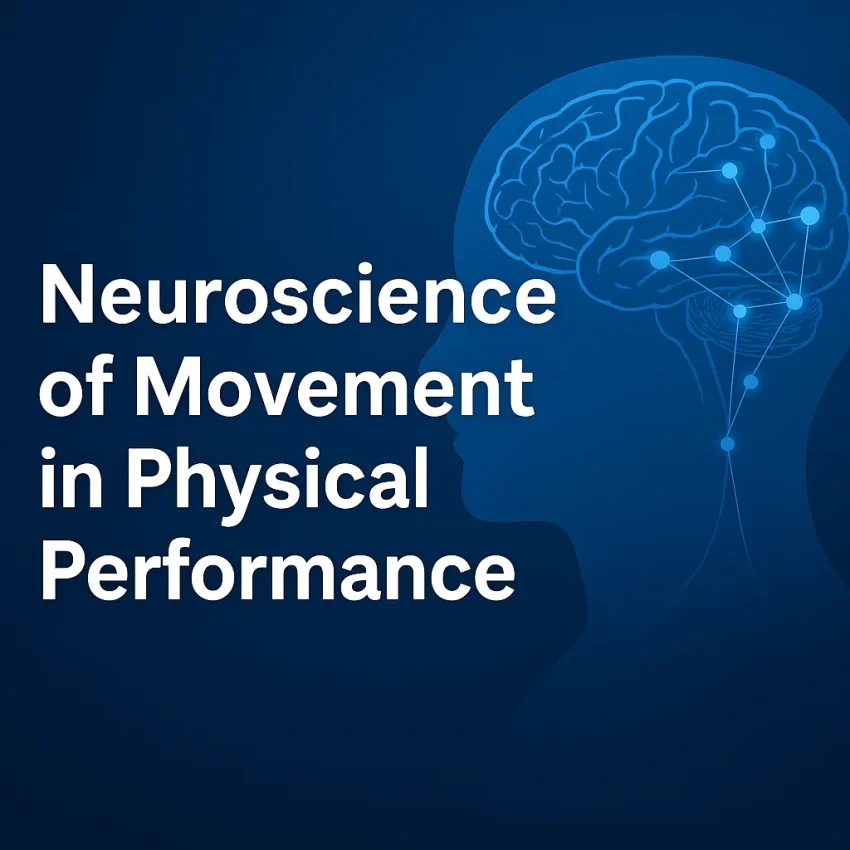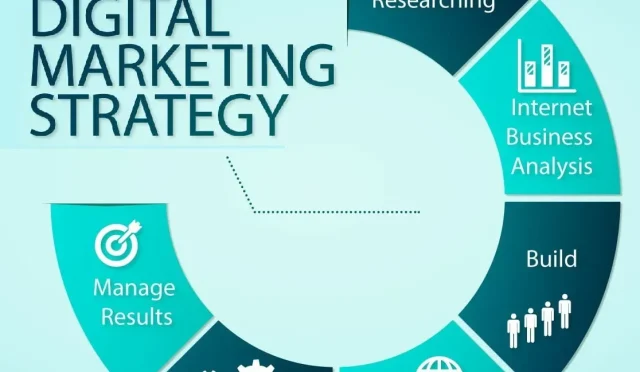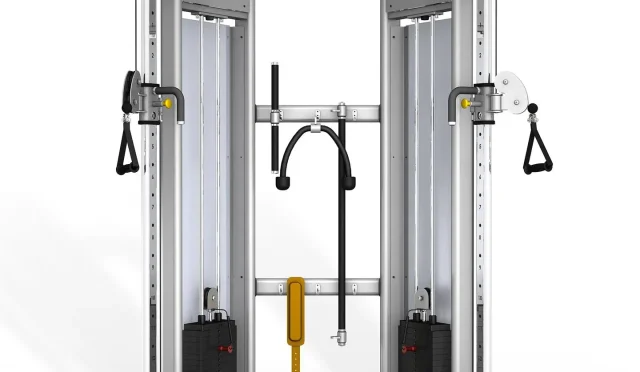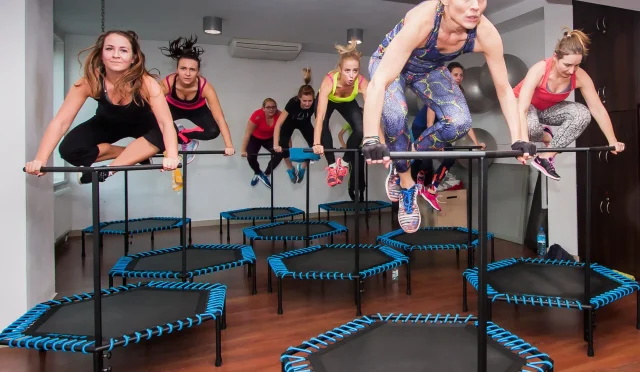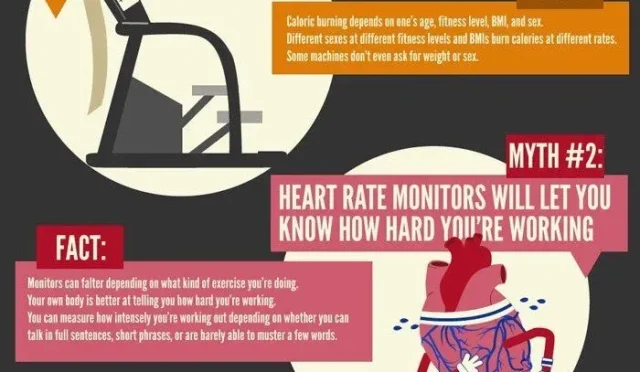Neuroscience of Movement in Physical Performance
In the rapidly evolving landscape of health and fitness, an interdisciplinary approach is taking center stage—Neuroscience of Movement. This concept bridges the gap between brain science and physical training, offering deeper insights into how our nervous system influences and optimizes athletic performance. As we move beyond muscle-centric fitness models, understanding how the brain controls movement becomes essential for maximizing potential, reducing injury risk, and enhancing training outcomes.
Understanding the Brain-Body Connection
The human body doesn’t move randomly—it is orchestrated by a highly sophisticated communication system rooted in the central and peripheral nervous systems. Motor neurons, located in the brain and spinal cord, transmit signals to muscles, enabling voluntary movement. Sensory neurons relay information back to the brain, creating a feedback loop that fine-tunes coordination, posture, and precision.
Training the body without considering the neural components is like upgrading hardware without optimizing software. The neuroscience of movement reveals how the brain adapts to training, and how cognitive functions such as attention, memory, and motor planning play pivotal roles in physical activity.
Neuroplasticity: The Brain’s Adaptive Power
One of the core concepts in neuroscience is neuroplasticity—the brain’s ability to reorganize itself by forming new neural connections. This has profound implications for fitness. Every repetition, new movement pattern, or technique not only strengthens muscles but also rewires the brain.
Athletes can harness neuroplasticity to:
- Learn complex movement patterns faster
- Improve reaction times
- Enhance muscle memory
- Recover from injury more efficiently
Functional exercises that challenge coordination, balance, and agility often stimulate more neuroplastic changes than isolated machine-based workouts.
Cognitive Load and Performance
The brain is always working during physical activity. But what happens when we increase cognitive demand during training? Studies show that dual-task training—where athletes perform physical tasks while solving cognitive challenges—improves multitasking ability, reaction speed, and movement accuracy.
This principle is especially useful for:
- Elite athletes in high-pressure, fast-paced environments
- Older adults looking to preserve motor function and cognitive sharpness
- Rehabilitation patients retraining their motor control after injury or stroke
Motor Learning and Movement Efficiency
Motor learning is the process by which we acquire and refine skills through practice and feedback. Neuroscience plays a key role here, explaining how the brain encodes new movement patterns and adapts to repetitive motion.
Key phases include:
- Cognitive Phase – Conscious effort and attention are required
- Associative Phase – Movement becomes smoother through repetition
- Autonomous Phase – Skill execution becomes automatic and efficient
Understanding these phases helps fitness professionals design programs that cater to different learning stages, improving both performance and retention.
Emotional and Psychological Influences
The brain doesn’t just process movement; it also processes emotion. Feelings such as fear, stress, and motivation significantly impact physical performance. For example:
- Anxiety may lead to muscle tension and poor coordination
- Confidence can enhance movement fluidity and decision-making
- Mental fatigue can reduce neuromuscular efficiency
Mindfulness practices, positive self-talk, and visualization exercises are neuroscience-backed strategies to regulate emotions and enhance motor output.
Real-World Applications
1. Athlete Development
Elite sports teams are incorporating neurotraining to sharpen reflexes, improve focus, and prevent injuries. Reaction lights, neuro-tracking apps, and EEG-based feedback tools are now standard in many training facilities.
2. Fitness for Aging Populations
Aging naturally reduces neural efficiency. Integrating neurodynamic exercises that engage both mind and body helps older adults maintain functional independence and reduce fall risk.
3. Rehabilitation and Physical Therapy
Neuroscience is revolutionizing rehab. Techniques like mirror therapy, constraint-induced movement therapy, and robot-assisted neurorehab target brain plasticity to restore movement capabilities after trauma.
4. Youth Movement Education
Understanding how children learn movements through play, imitation, and feedback allows for better development of motor skills, which form the foundation for lifelong physical literacy.
Designing Brain-Aware Fitness Programs
Fitness professionals can apply the neuroscience of movement by incorporating:
- Coordination drills (e.g., agility ladders, balance boards)
- Cognitive challenges during movement (e.g., naming words while sprinting)
- Rhythmic activities (e.g., dance, martial arts)
- Breathwork and focus techniques before high-intensity efforts
The goal is to train the brain and body as a unified system rather than isolated components.
Wearable Tech and Neural Feedback
Advancements in wearable technology are making brain-focused training more accessible. Devices that monitor EEG, heart rate variability, and movement patterns provide real-time feedback, helping athletes make data-informed adjustments. These insights promote self-awareness, optimal arousal states, and precision in movement execution.
The Future of Movement Science
As neuroscience becomes a foundational pillar of fitness, we’re seeing the emergence of hybrid professions such as neuro-coaches and cognitive performance specialists. These professionals bridge psychology, motor control, and physical training to deliver next-level results.
With ongoing research in brain-computer interfaces (BCIs), neuroprosthetics, and sensory integration, the next generation of training might not just improve performance—but unlock entirely new forms of movement and expanded human potential.
Conclusion
The neuroscience of movement is not just a buzzword—it’s a paradigm shift in how we understand fitness. By aligning physical training with brain function, we can achieve more intelligent, efficient, and sustainable outcomes. Whether you’re a high-level athlete, a fitness enthusiast, or someone seeking to move better in daily life, understanding your brain is key to unlocking your full potential.
#NeuroscienceOfMovement #BrainBodyConnection #CognitiveFitness #MotorLearning #Neuroplasticity

